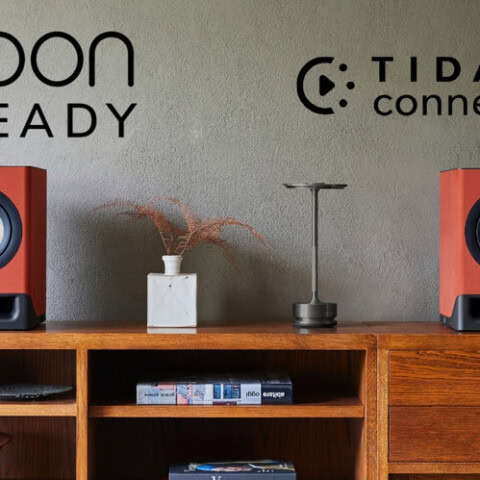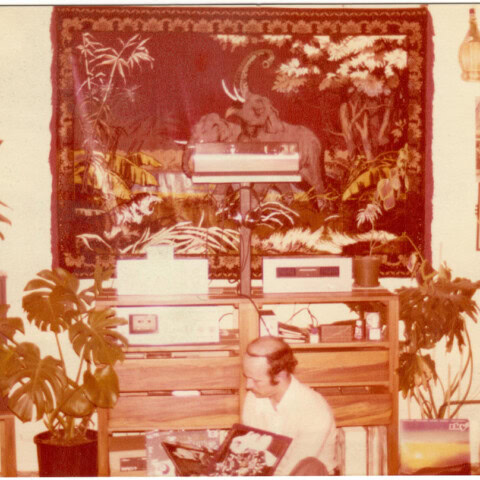Ian Brown is simply one of the nicest blokes in the Kiwi hi-fi scene and the gear he makes available through his company Critical Sound Information reliably juggles value with sonic surprise. We asked him the trickiest questions we could think of.

Witchdoctor – How long has Critical Sound Information been operating and where are you based?
Ian – 12 years. We’re based in the metropolis of Hastings. To enlighten outlanders, Hastings is a district 50 times larger than Napier and has a far bigger population. In area, it’s a bit bigger than the Auckland region. Much/most of our news escapes mainstream media unless disaster strikes.
Witchdoctor – What’s your background and what prompted you to get into selling hi-fi esoterica in the first place?
Ian – A long story I’m afraid but not really esoterica in my book. What I look for in electronics in particular, are high-performing products offering value for money.
A sizeable chunk of life working in the import/export fields. Education on that front, starting with one of the so-called big seven Japanese trading companies (on my OE) in London. An intro to Japanese culture as well as precise/accurate work demands and perseverance. Back in NZ, another big Japanese trading house, later the Canadian government and Watties. Got to travel the world as they say, involving a range of products/services far too long to list here.
The High Commission was a highlight. Commonwealth countries have HCs, others are called Embassies. They sent me right across Canada for six weeks, from Vancouver to Newfoundland. In Toronto, discovered a dealer within the hotel walking distance … and got to hear Maggies for the first time. Bought some on return from one Daryl Ramsay working from home in Paremata (Paremata-Plimmerton to those who know) and one of three partners in HFA. Another story!
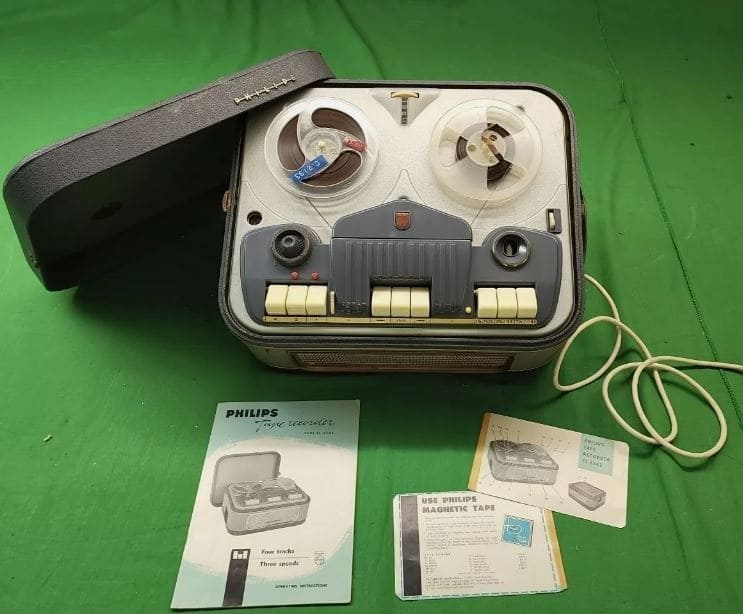
Audio Education: From age 12, taping off a transistor radio (top 20), onto a portable Phillips R2R. Due to poor reviews through the ’80s, combined with no availability of CD music I liked, I did not buy one until 1989, and even then it was a Teac CD/cassette player, to build a collection. I can thank Andrew Clark (RIP) for that one (fellow HB enthusiast), who used to review for Audio-Video. Then a Japanese model Sony CDP337ESD, to which I added a custom step-down LPS + Audio Alchemy DAC. I have remained a CD advocate since.
I’ll briefly mention Martin Colloms here and many might ask “Who?” But can anyone advise of any other reviewer discussing critical gear setup and room acoustics in the ’70s? Who knew there was an AES (Audio Engineering Society) standard for a room? I’ve paid attention to his reviews and audio publications ever since. Some say, he’s responsible for the term PRAT.
When Colloms reviewed a Metrum Octave, I was instantly curious and sold. Close to an ‘esoteric’ DAC, costing £14K. This was the case in late 2011 (in a £100K system context)… and remains so today!
Subsequently, I had discussions with Cees Ruijtenberg for months and the rest is history.
Witchdoctor – Are you both an importer and distributor and do you have a retail space?
Ian – Primarily an importer. My preference is to work with small specialist manufacturers, dealing directly with the designer/owners and at this end, enthusiasts. Being able to discuss all things audio directly with designers/engineers is very satisfying. This is not possible with a major brand. My ‘retail’ space is a real listening room in my house. It’s not perfect but gets close to a more modern version of the Golden Ratio favoured by recording engineers (9’H, 15’W, 24’L).
 Witchdoctor – What’s your point of difference and why should prospective purchasers consider your gear over the bigger brands that are more commonly available?
Witchdoctor – What’s your point of difference and why should prospective purchasers consider your gear over the bigger brands that are more commonly available?
Ian – Enthusiast choice! My website Critical Sound Information (CSI) to start. Information is key to any hi-fi purchase, whether it be reviews or opinions. Not only that, the philosophy behind a design is important as well as the tech. Where possible, I keep an archive of all product reviews online. This has involved translating foreign reviews (in the past), before online translations became usable. A one-stop shop for reference… not just current products but all-important legacy products. On my Awards & Reviews page, just for ease of access, you will find over 150 review links. On my Developments (recently FB) page, article links to a wide variety of audio issues, sometimes contentious subjects, which you won’t find on any other dealer/distributor/manufacturer’s website.
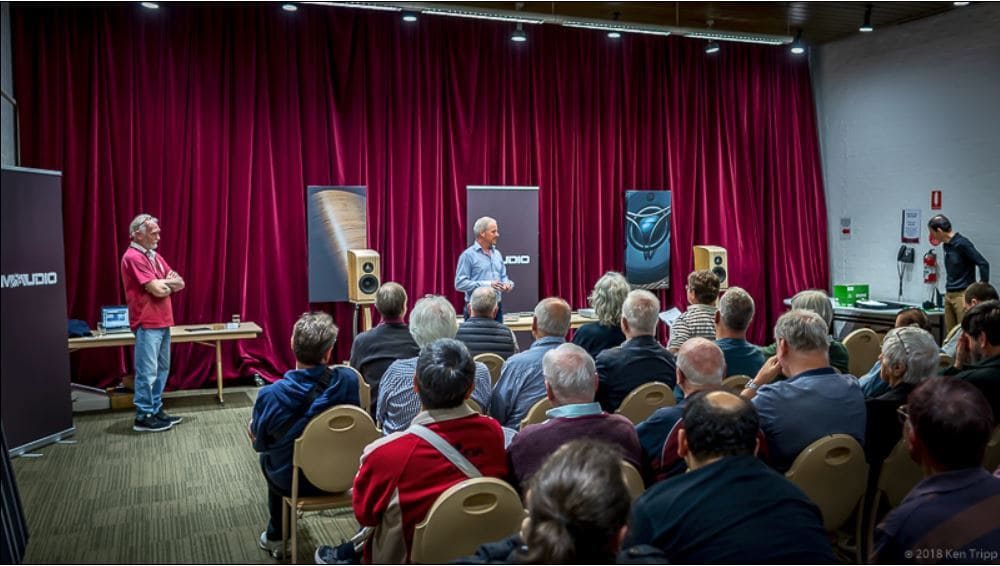
The big boys are highly promoted and get the most attention. Products are available everywhere and this is convenient for some. I work exclusively with a relatively small portfolio. This enables familiarity and although it’s opinion-based, provide my thoughts in any direction. I’ve also accumulated a fairly decent audio ‘library’, going back decades and can usually supplement advice/info with appropriate reference material.
Working closely with the actual designers, I ask for their opinions on many things and should a customer ask, and they often do, they’ll get a personal response back. I’ve been around a while, learned a lot (ongoing) and seen many trends come and go over the decades. People forget (or are unaware), of what’s gone long before.
 Witchdoctor – Would it be correct to suggest that the brands you make available are carefully curated and often work synergistically? I notice that one of your goals is to create a “musical chain that is greater than the sum of its parts.”
Witchdoctor – Would it be correct to suggest that the brands you make available are carefully curated and often work synergistically? I notice that one of your goals is to create a “musical chain that is greater than the sum of its parts.”
Ian – Correct with proviso. Almost everything will work together these days. Synergy is elusive and sometimes more good luck than management. Matched brand components are one solution. Remaining true to source signal information, without frequency emphasis, offers what some might call, a more natural and balanced sound. If the chain follows this course, synergy (when it happens), should be heard across the SQ audio-board.
Ancient history but I remember one of the first reviewers to plonk subs in his system (Jimmy Hughes circa 1989) reviewing Impulse H1 horn speakers. He made the comment that to his delight and surprise the sub-bass illogically improved treble performance. Synergy? It’s not just about bass.

Witchdoctor – Of the brands you sell can you divulge any special favourites? Are they all well-reviewed internationally?
Ian – Yes, very much internationally, as per the 150+ mentioned above. And an easy one, which ties in nicely with the bass comments above. Metrum’s Hex. Pretty sure I’m the only person on the planet to do this. Run-in/Burn-in – does it exist? When I got my unit it was time to experiment. So, every day for 2-3 hours I played a half dozen CDs (selected test tracks) and then turned it off. Most people can’t wait to run in. At first I thought bass was lacking but as the days passed, I realised it was there in detail, just not dominating. If you’ve ever listened to a track, wondering is that a drum beat or bass note or maybe both (played simultaneously) – Hex could distinguish and separate. As each evening approached, I began looking forward to what more it might reveal. Expectation bias/all in my mind or was it? (What I later called ‘acclimatisation’). After a week or so, my wife came in and asked why I was playing the same music over and over. Anyone interested in audio will know. It lasted for months. Hex was placed by MC, even closer to that esoteric jobby. The only device ever, to receive three Blue Moons from three reviewers.
Witchdoctor – I was very impressed with the Audio Art cables you kindly let me audition. Would cables be high on your list of important parts of that synergistic “chain”? What’s the most important component, in your opinion?
Ian – I would say hardware first, pliable hardware next. Final Touch Audio’s mantra says it all. “Some components respond to careful set-up/cabling, whilst others go no further”. Transport to DAC obviously for GIGO, then down the chain. For digital, it should be noted, neither RCA nor USB were designed for it. AES/BNC and we could add RJ45 (Ethernet).
Cees’ opinion is that as much attention should be paid to the input and output implementations as the cabling. One little handy hint is to match speaker cables to the internal wiring of your speakers. This will invariably involve copper and seldom silver. I have a pair of speakers internally wired with silver plus Cardas silver binding posts. In their case, silver speaker cables do add synergy.
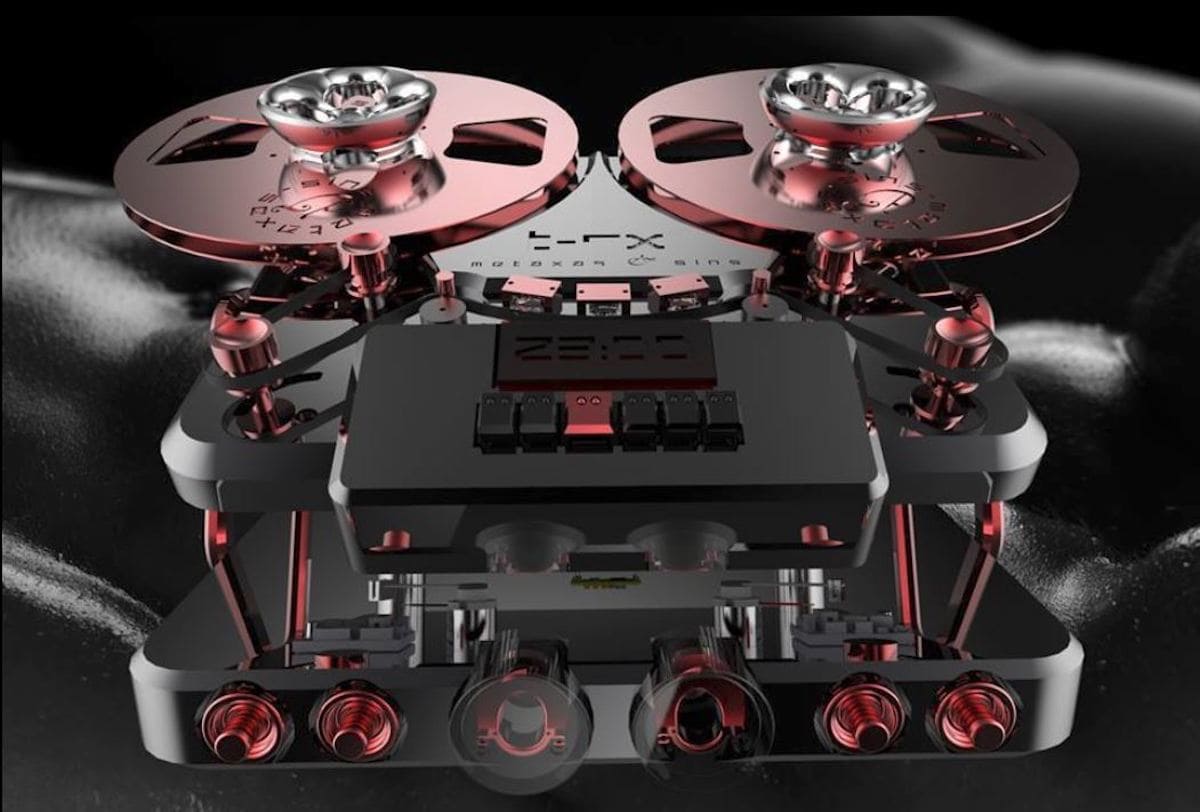
Witchdoctor – It’s interesting that while audiophilia is often painted as a rich person’s hobby, a lot of your gear is really very reasonably priced for what it is. Is this intentional?
Ian – Yes. Not everyone can afford gear costing many thousands. Reasonable of course, is a matter of personal financial circumstance and interest. I rate value/price versus performance first and always have. I don’t care if it’s just a black box (Hex) if it performs ‘out-of-the-box’.
I get approached by many manufacturers to represent them here. Take Aqua 10 years ago. Lovely stuff but I baulked at their pricing compared to Metrum’s gear. Chased me for a couple of years before going elsewhere (twice). Not here anymore. Another also for years that I would have loved to have worked with, purely for design aesthetics, was Metaxas Sins. Gorgeous designs but pricing to boot. Bling not my thing and from what I could gauge, performance ratio lacking.
Witchdoctor – It has been suggested lately that hi-fi is an old man’s sport and that as the baby boomers die off so will hi-fi as a thing. What do you make of that?
Ian – Well yes and no. I participated in a head-fi meet in Auckland two years running some time ago. Headfiers flew in from around the country. I was probably the oldest (bar one) there. I’m just guessing that most were aged between 20-35. Headfiers probably have a much lower age than traditional hi-fi. I’ve also demonstrated twice at the Melbourne HiFi Show (before COVID hit), which is a much better guide in terms of numbers. I didn’t do head counts… a smattering of teenagers, a lot say 18-35, maybe most 35-50. Well over 3000 attendees.
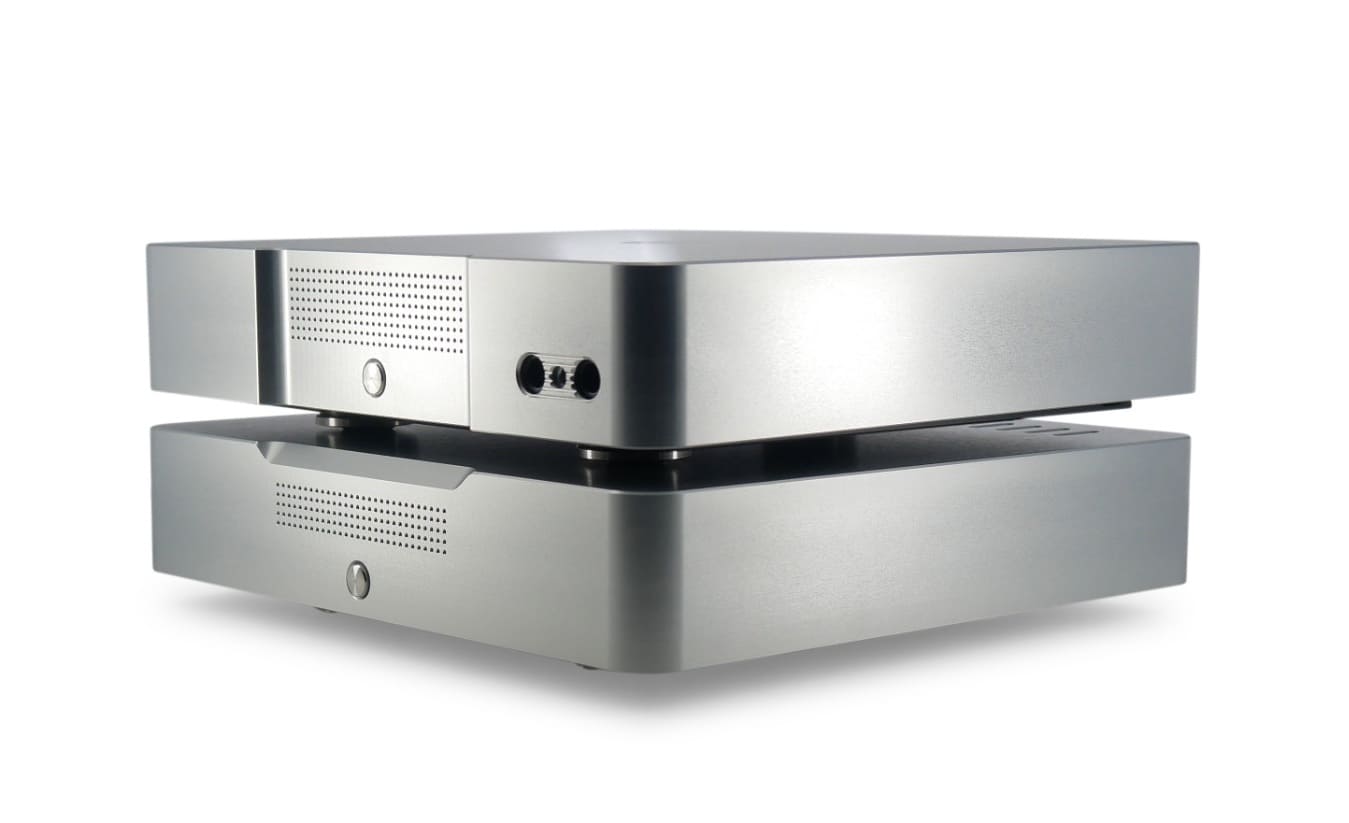
Gary – Any challenges or disappointments along the way?
Ian – A few stick out. Firstly, as in life and business generally, not everyone shares your own ethics. That is, dealing in good faith, trust and honesty. The audio world is no different.
Challenging – Apple sticking their oar in. Macs were hugely popular on the streaming front at one stage. The Maverick OS was well named – it stuffed 11 DAC manufacturers, whose DACs would not work. This was a major upset/setback for both Metrum and M2Tech using hiFace (high-fidelity-interface) USB implementation.
One major disappointment thanks to Covid: parts supply at a crucial manufacturing stage. DiDiT High-End. This small Dutch company is almost unknown and I had the privilege of promo testing not only the MKII DAC212SE but 2 Proto Hyper-AMP212’s. Took them to Melbourne for the hi-fi shows. Hopes are slim of resurrection but absolute belters IMO.
Gary – What’s your next move? Finding and making available the best brands you can?
Ian – Trying to find small specialist manufacturers who fit my profile is the proverbial needle in a haystack. To fill in gaps in the product range, with a value versus performance quotient even harder. But ideally, stealing a quote from a UK colleague, ‘The best brands you’ve never heard of’.
+ Ian’s own hi-fi features the following components: MSB Platinum Data CD IV Transport + PSU, Sonnet Digital Audio Pasithea, Metrum Acoustics Forte Power Amp, a mix of Audio Art & Yter Cabling + Albedo Audio Axcentia MKII Speakers – REL Sub not needed.











